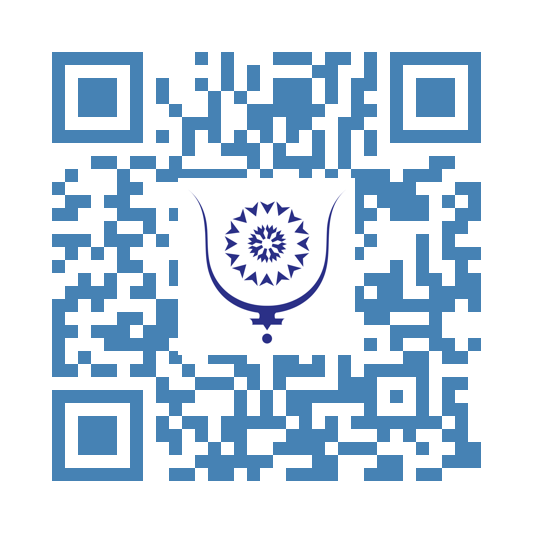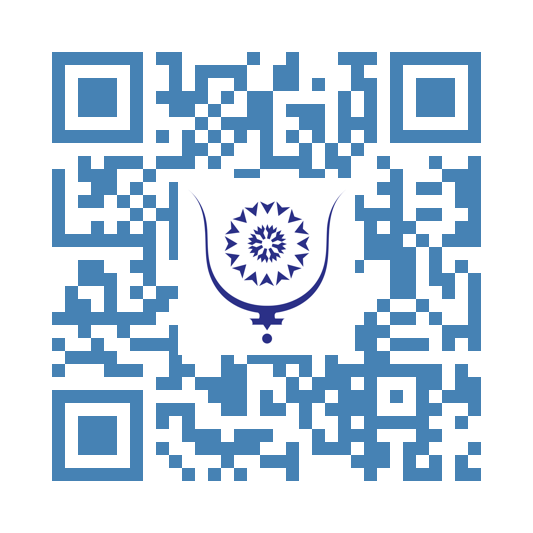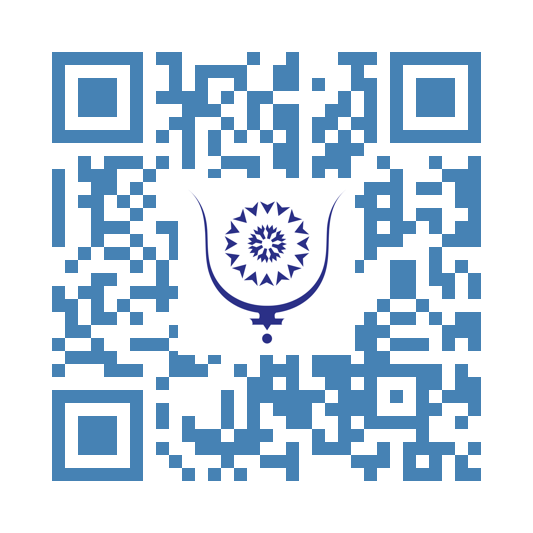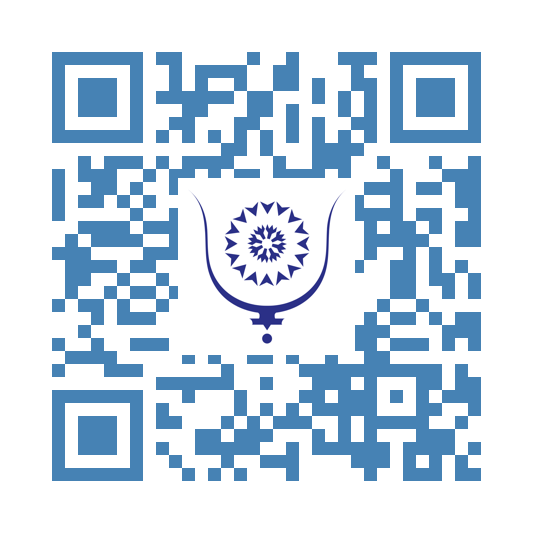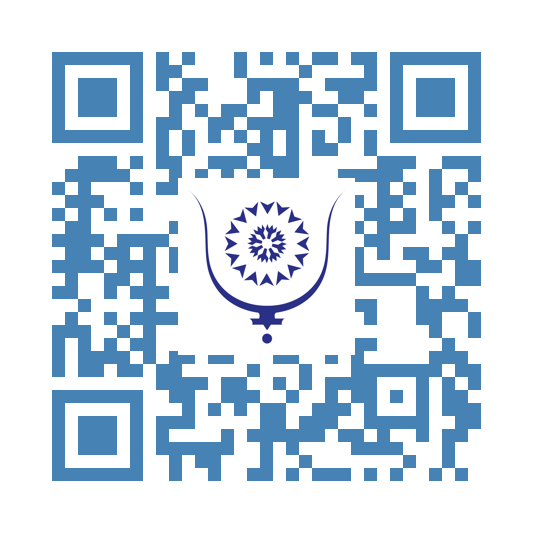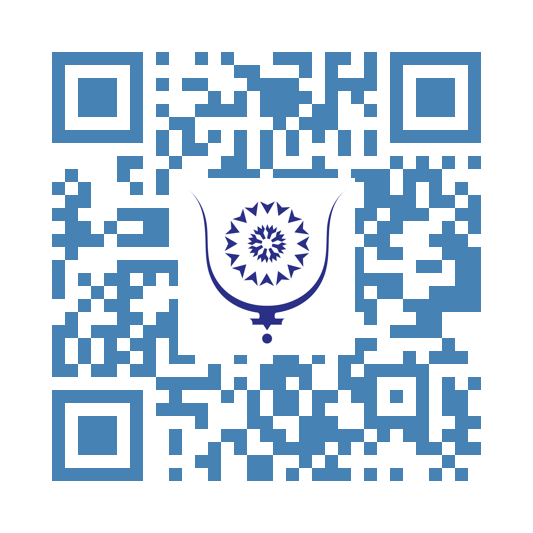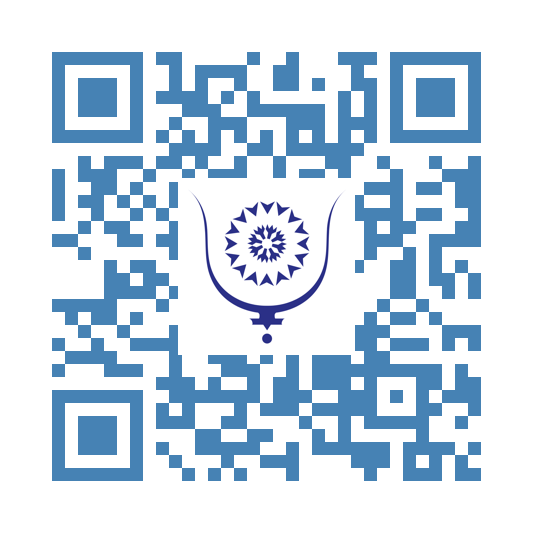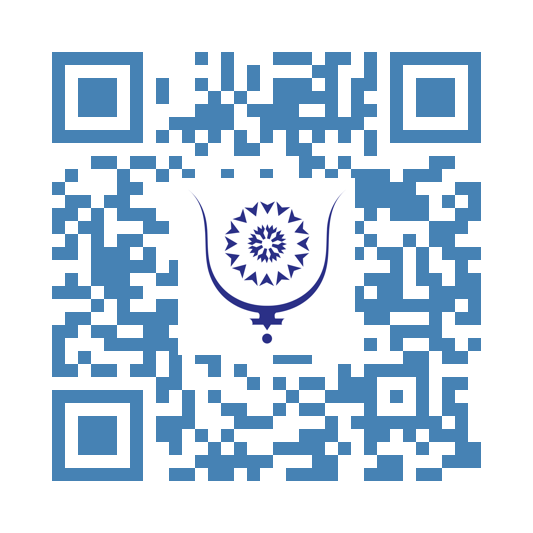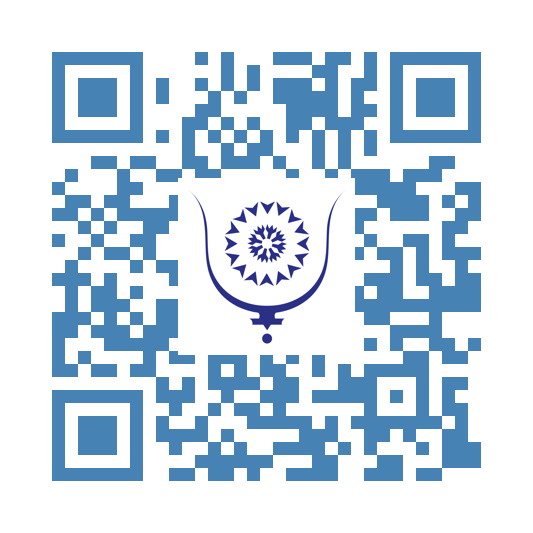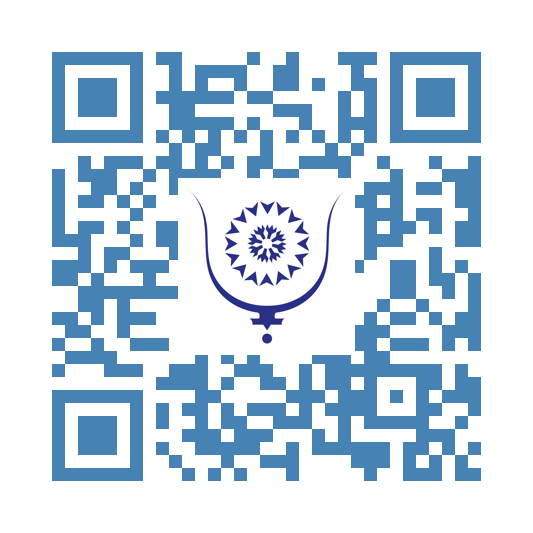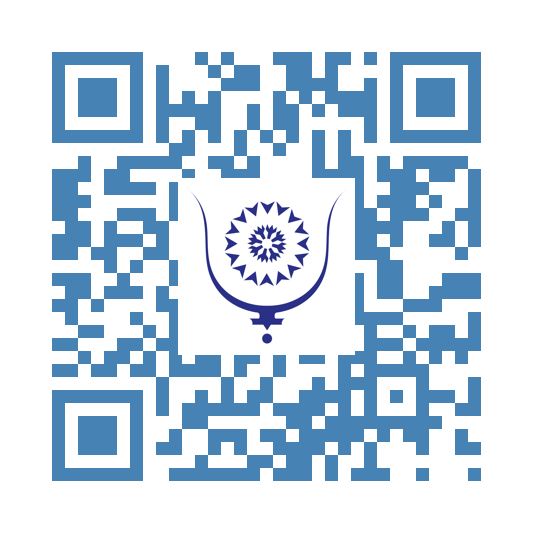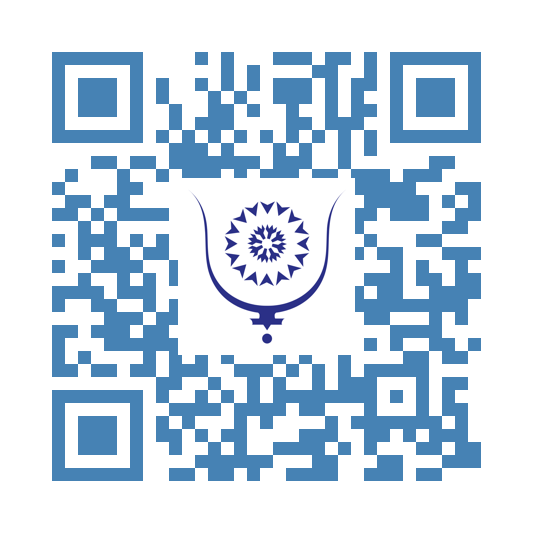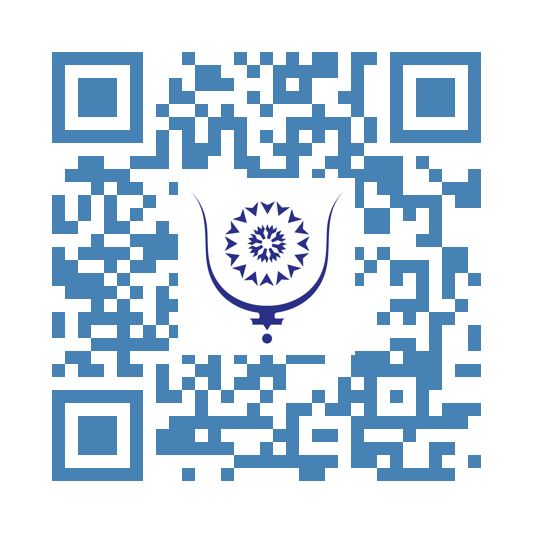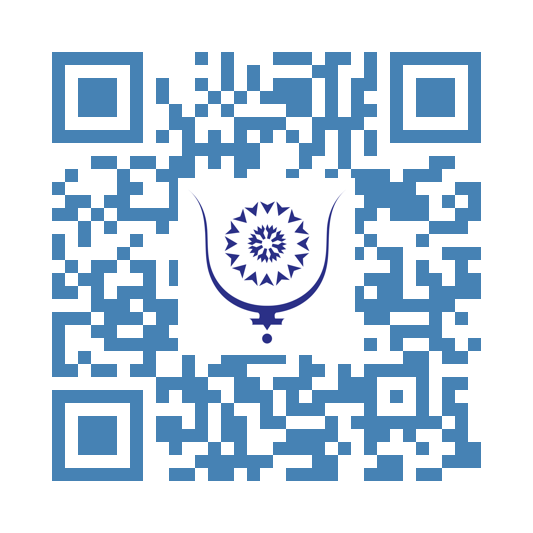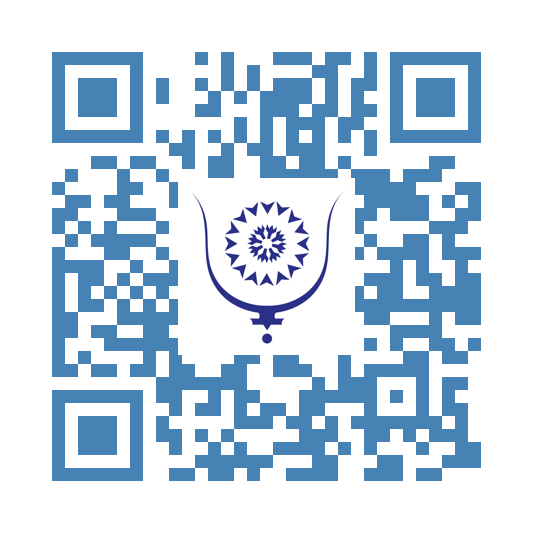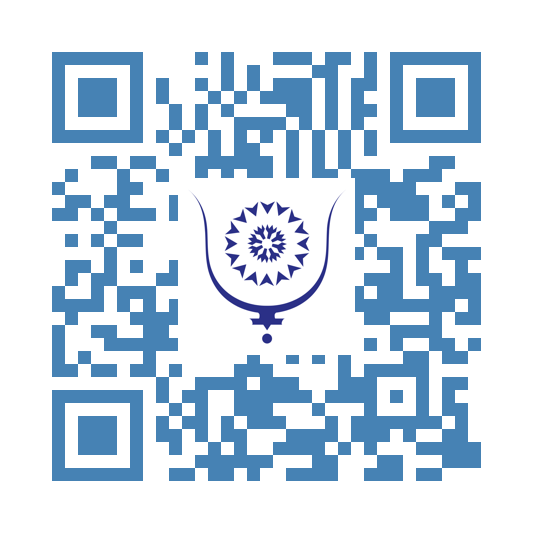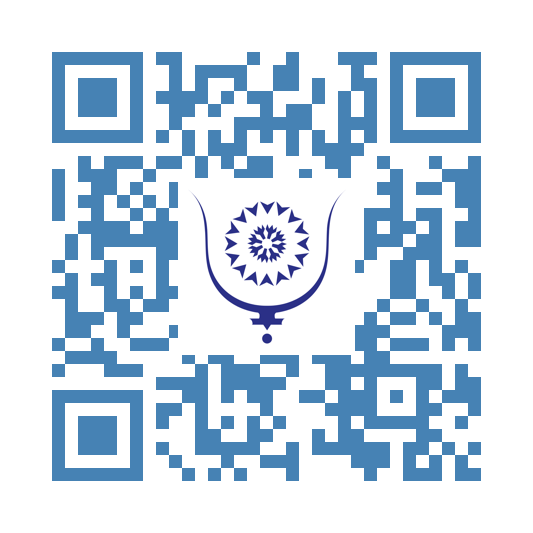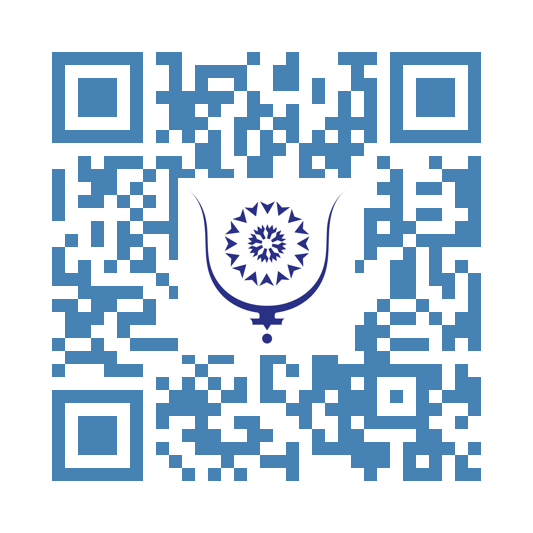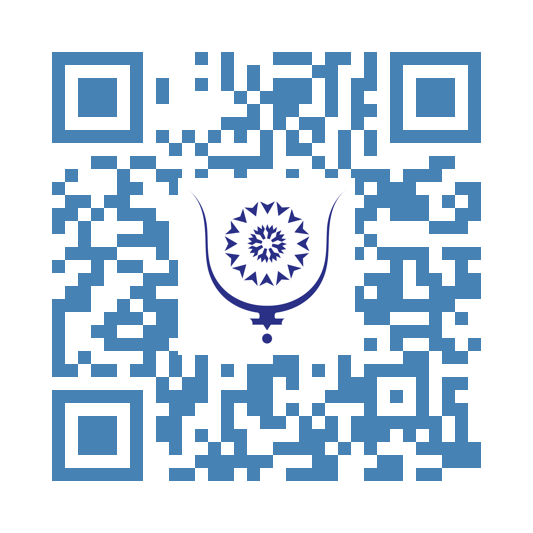Moulay El Hassan's Style: Elegance, Humility, and Sovereignty of Gesture... 1515
Sometimes, a moment transcends the event that made it possible. The opening ceremony of the 35th edition of the Africa Cup of Nations, hosted in Morocco, will undoubtedly remain in memories not only for its technology, beauty, thematic relevance, and unprecedented quality in Africa; not for its sporting and diplomatic importance, but above all for the silent, almost choreographed performance of Crown Prince **Moulay El Hassan**.
Under pouring rain, in a packed stadium and under the crossed gazes of Moroccan and international audiences, the Prince surprised the uninitiated. Not through ostentation, but through sobriety. Not through distance, but through proximity. That evening, Morocco offered Africa and the world far more than a football tournament: a lesson in style, behavior, and hospitality through the elegance of gesture and nobility of demeanor.
Without an umbrella, advancing calmly onto the soaked pitch of the **Stade Moulay Abdellah**, Crown Prince stops, warmly greets a charmed, enthusiastic, fervent crowd, and heads toward the referees and players with disarming naturalness. The images speak for themselves: smiles, simple exchanges, a friendly and deeply human tone. No heavy protocol, no rigidity. Just the evident poise of a man at ease in his mission, with presence and class.
When he asks the referee which side to kick the ball from for the symbolic kick-off, the gesture becomes almost metaphorical. That of a throne heir who knows that true authority need not be imposed, but is exercised through respect, affection, and listening. The ball is struck with elegance, without emphasis. The message, however, is crystal clear. Joy is evident.
Morocco is host and common home to an entire continent in the making. The Prince proves it. As a true Moroccan, Crown Prince masters this ancestral art: that of receiving and putting guests at ease. The nations present at the CAN are Morocco's guests. And, at a deeper level still, they are the guests of all Moroccans, led by His Majesty King Mohammed VI, may God assist him, as the president of FIFA **Gianni Infantino** and that of the CAF **Patrice Motsepe**, South African as a reminder, delight in repeating.
By presiding over this ceremony and representing his august father, Prince Moulay El Hassan embodied not only institutional continuity. He embodied a culture: that of a Kingdom where hospitality is a cardinal value, and where sovereignty is also expressed through courtesy.
Seated in the Royal Box alongside the President of the Comoros, **Gianni Infantino**, **Patrice Motsepe**, and the president of the FRMF **Fouzi Lekjaa**, the Prince followed the match with visible attention, reacting to key moments like any football enthusiast, expressing sincere joy and shared emotion.
When **Ayoub El Kaabi** scores his splendid acrobatic overhead kick in the 74th minute, the Prince's joy is spontaneous, sincere, almost contagious. It is not a calculated joy, but that of a young man proud of his team, his country, and the historic moment the Kingdom and Africa are experiencing. At that very instant, he turns and respectfully greets his guest: the President of the Comoros. Relations and cooperation with these sister islands, though distant, are special. Nearly all the high officials of this brother nation, including the president himself, were trained in Morocco's great schools and universities.
This ability of His Royal Highness to shift seamlessly from protocol to emotion may be one of the most striking traits of this performance. It humanizes the role without ever weakening it. It recalls the royal solicitude at Marrakech hospital: His Majesty leaning over a hospital bed and embracing a Sub-Saharan injured man who thanks him wholeheartedly and seems to have forgotten his misfortune.
There, in Rabat, on this evening of December 21, the rain is a symbol: between gratitude and destiny. That evening held another dimension, subtler, almost spiritual. After seven consecutive years of drought, this abundant rain falling on Rabat at that precise moment took on particular resonance. The princely gesture, performed without protection amid a downpour, appeared to many as a form of silent gratitude, a thanks to divine mercy. Long live the abundant rain and snows on the peaks of the Atlas.
In a monarchy where the long term, symbolism, and the sacred matter as much as the media instant, this image has marked minds. It reminded that power in Morocco is rooted in historical and spiritual continuity, that of the world's oldest reigning dynasty. That of the Commander of the Faithful. Did not the late Hassan II thank God, traversing Khemisset standing with arms raised, through a long-awaited downpour?
The Prince is an exceptional man in the making: brilliant student, insightful doctoral candidate, resolute Moroccan, convinced Muslim, determined African, erudite humanist.
The final victory of the Atlas Lions (2-0) merely capped off an evening already rich in meaning. But beyond the score, it is Crown Prince's behavior that will remain one of the highlights of this CAN opening.
Through his humility, elegance, and mastery of codes, **Moulay El Hassan** showed that he is not merely a blood royal heir, but an heir to enduring values. And that may be where the respect, love, and admiration of the Moroccan public, and the surprise of the international one—lie: in having seen, under the rain, the portrait of a future great leader who understands that greatness often begins with the simplicity of the gesture.

